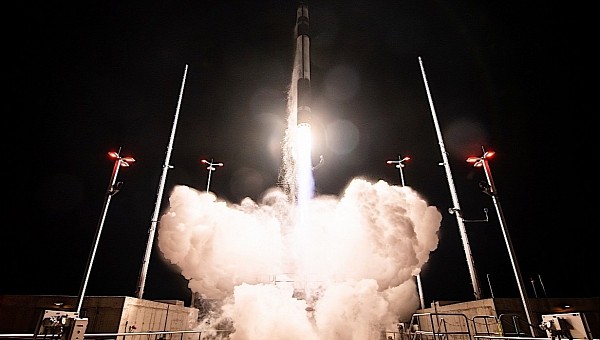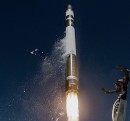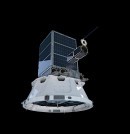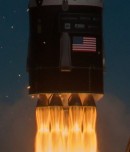It took a while and some effort, but another one of the many emerging space companies out there managed to finally get off American ground one of its star rockets.
Back in November last year, we learned of American company Rocket Lab trying to expand the reach of its launches far beyond its usual site in New Zealand by going stateside. The state chosen to support Rocket Lab missions was Virginia, not in small part because that’s where the NASA Wallops Flight Facility is located.
By the end of 2022, an expansion of the complex called Rocket Lab Launch Complex 2 should have supported the first Electron rocket from U.S. soil. For whatever reason, the deadline was not met, and we only now can safely say a new space company is up and about over in America.
On January 24, a Rocket Lab Electron lifted off carrying with it three satellites for radio frequency geospatial analytics company HawkEye 360. The mission, called Virginia Is for Launch Lovers, deployed the satellites at the desired altitude of 550 km (342 miles), marking the 33rd successful launch for the company.
The Electron is a two-stage rocket that can only carry 300 kg (661 lbs) of cargo, but as the world's satellite needs and appetite are shaping up, that’s more than enough.
The Virginia site will probably continue to support Electron launches in the future - it can sustain up to 12 missions per year for civilian and government customers according to the company – but more importantly, it will be the place from where another piece of hardware will depart once it’s ready.
Called Neutron, it’s scheduled to fly for the first time next year. It’s larger than the Electron, towering at 40 meters (131 feet) tall. Unlike its smaller sibling, which is powered by a combination of liquid oxygen and kerosene, this one uses liquid oxygen and methane and should be capable of lifting 13,000 kg (28,660 pounds) of cargo to low-Earth orbit, or 1,500 kg (3,300 pounds) if the target destinations are places like Mars or Venus. Oh, and it’s reusable.
Officially founded in 2006, Rocket Lab is only now beginning to enjoy the fruits of its labor. The company performed its largest number of launches last year, nine, but says it can accommodate up to 130 between its two facilities. That may seem like a lot, given how many other space companies are doing the same, but there seems to be no shortage in demand.
To date, 155 satellites reached orbit courtesy of the Electron. In the case of the HawkEye 360 deal, the three satellites launched this week will increase to 15 through departures scheduled to take place throughout the year, but also in 2024.
By the end of 2022, an expansion of the complex called Rocket Lab Launch Complex 2 should have supported the first Electron rocket from U.S. soil. For whatever reason, the deadline was not met, and we only now can safely say a new space company is up and about over in America.
On January 24, a Rocket Lab Electron lifted off carrying with it three satellites for radio frequency geospatial analytics company HawkEye 360. The mission, called Virginia Is for Launch Lovers, deployed the satellites at the desired altitude of 550 km (342 miles), marking the 33rd successful launch for the company.
The Electron is a two-stage rocket that can only carry 300 kg (661 lbs) of cargo, but as the world's satellite needs and appetite are shaping up, that’s more than enough.
The Virginia site will probably continue to support Electron launches in the future - it can sustain up to 12 missions per year for civilian and government customers according to the company – but more importantly, it will be the place from where another piece of hardware will depart once it’s ready.
Called Neutron, it’s scheduled to fly for the first time next year. It’s larger than the Electron, towering at 40 meters (131 feet) tall. Unlike its smaller sibling, which is powered by a combination of liquid oxygen and kerosene, this one uses liquid oxygen and methane and should be capable of lifting 13,000 kg (28,660 pounds) of cargo to low-Earth orbit, or 1,500 kg (3,300 pounds) if the target destinations are places like Mars or Venus. Oh, and it’s reusable.
Officially founded in 2006, Rocket Lab is only now beginning to enjoy the fruits of its labor. The company performed its largest number of launches last year, nine, but says it can accommodate up to 130 between its two facilities. That may seem like a lot, given how many other space companies are doing the same, but there seems to be no shortage in demand.
To date, 155 satellites reached orbit courtesy of the Electron. In the case of the HawkEye 360 deal, the three satellites launched this week will increase to 15 through departures scheduled to take place throughout the year, but also in 2024.






